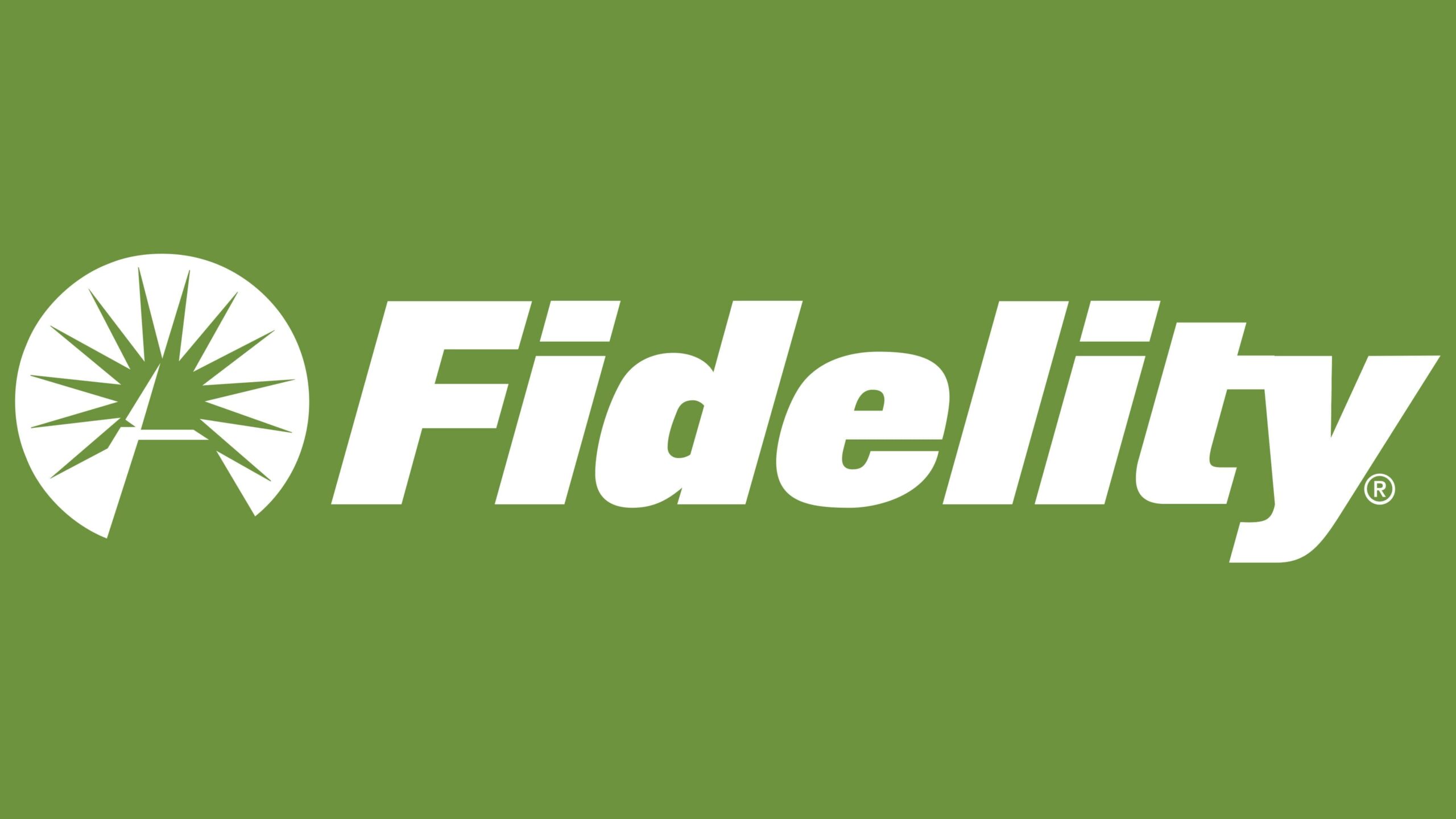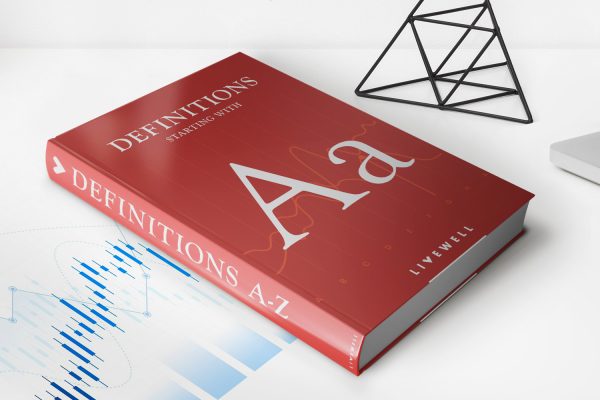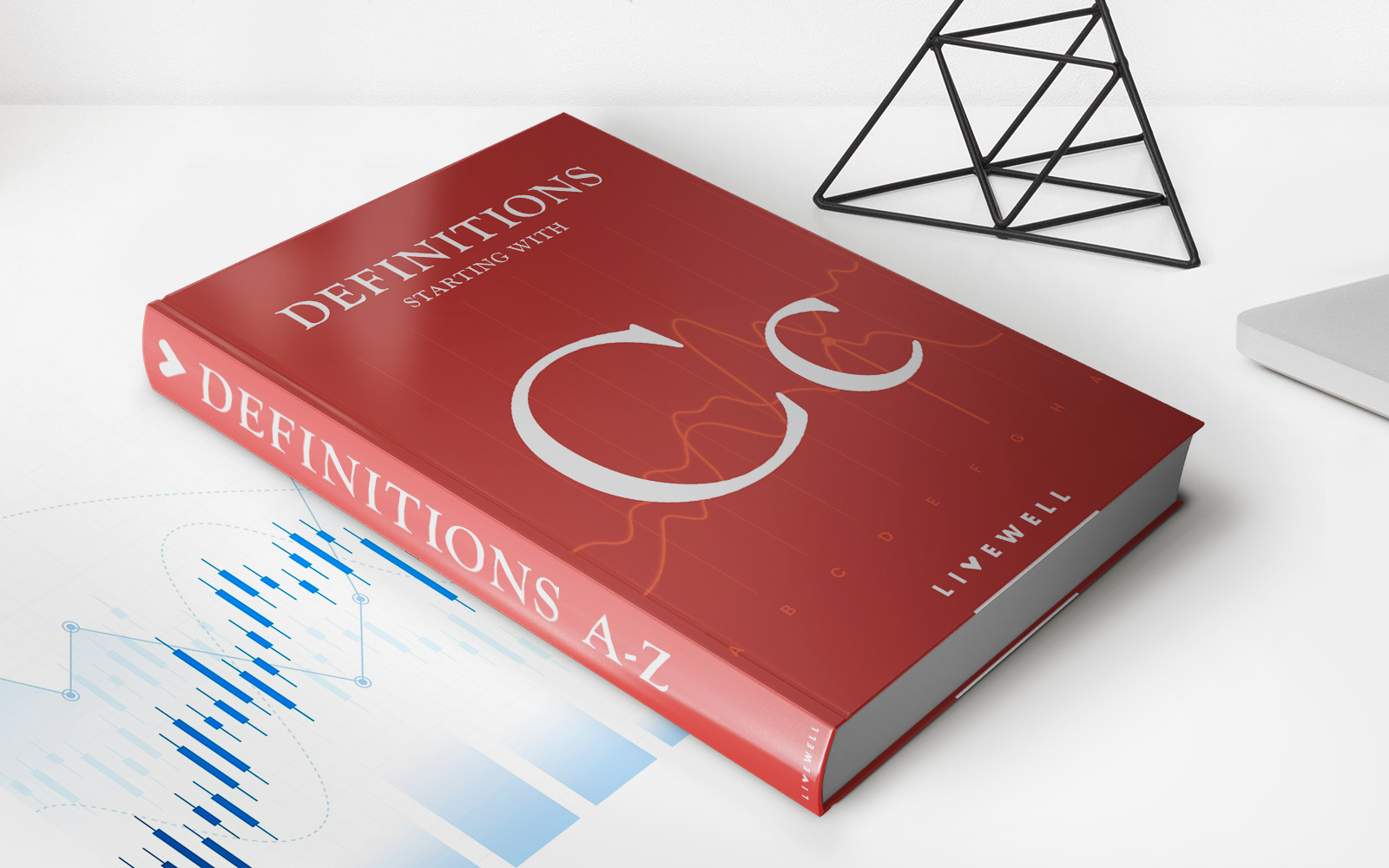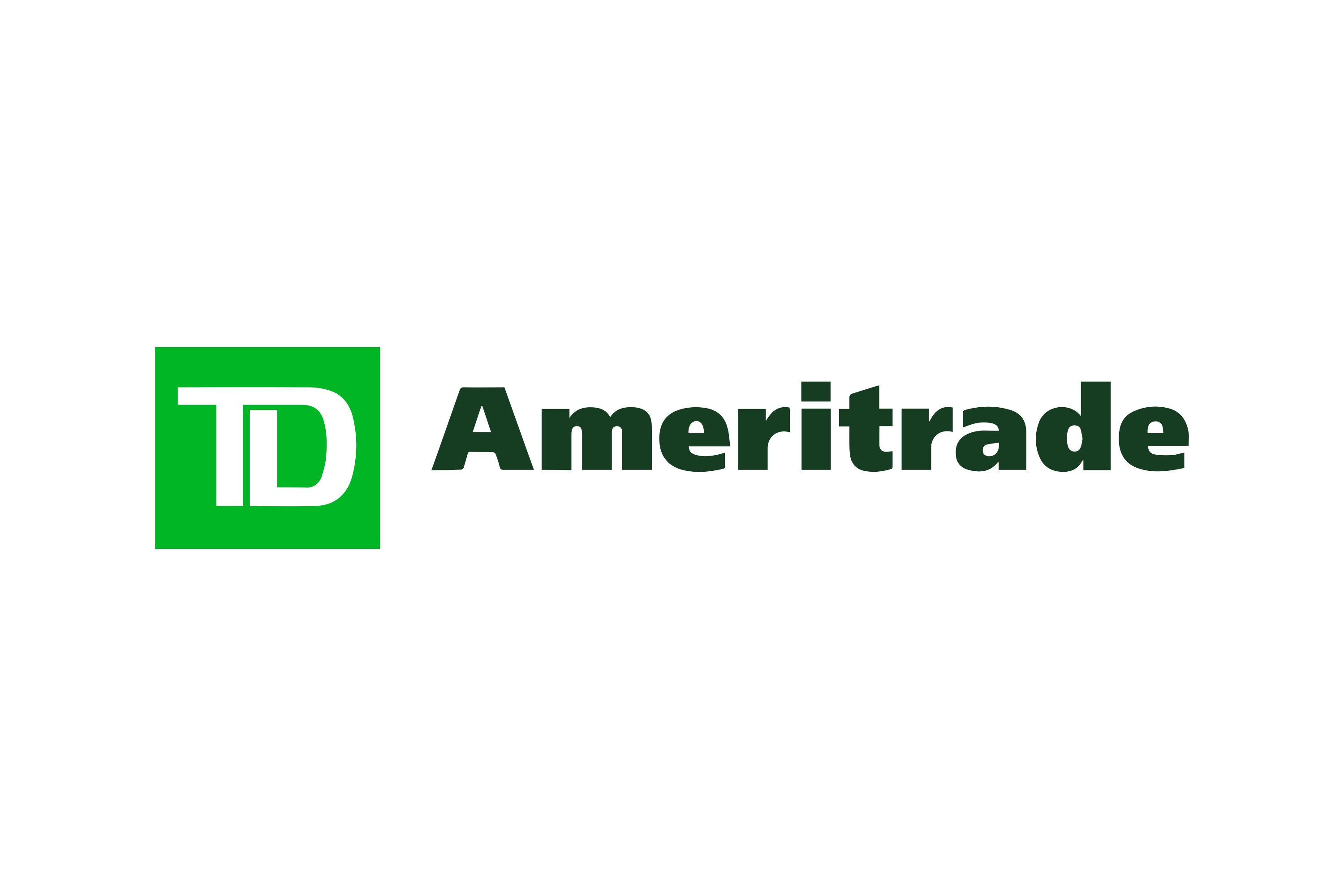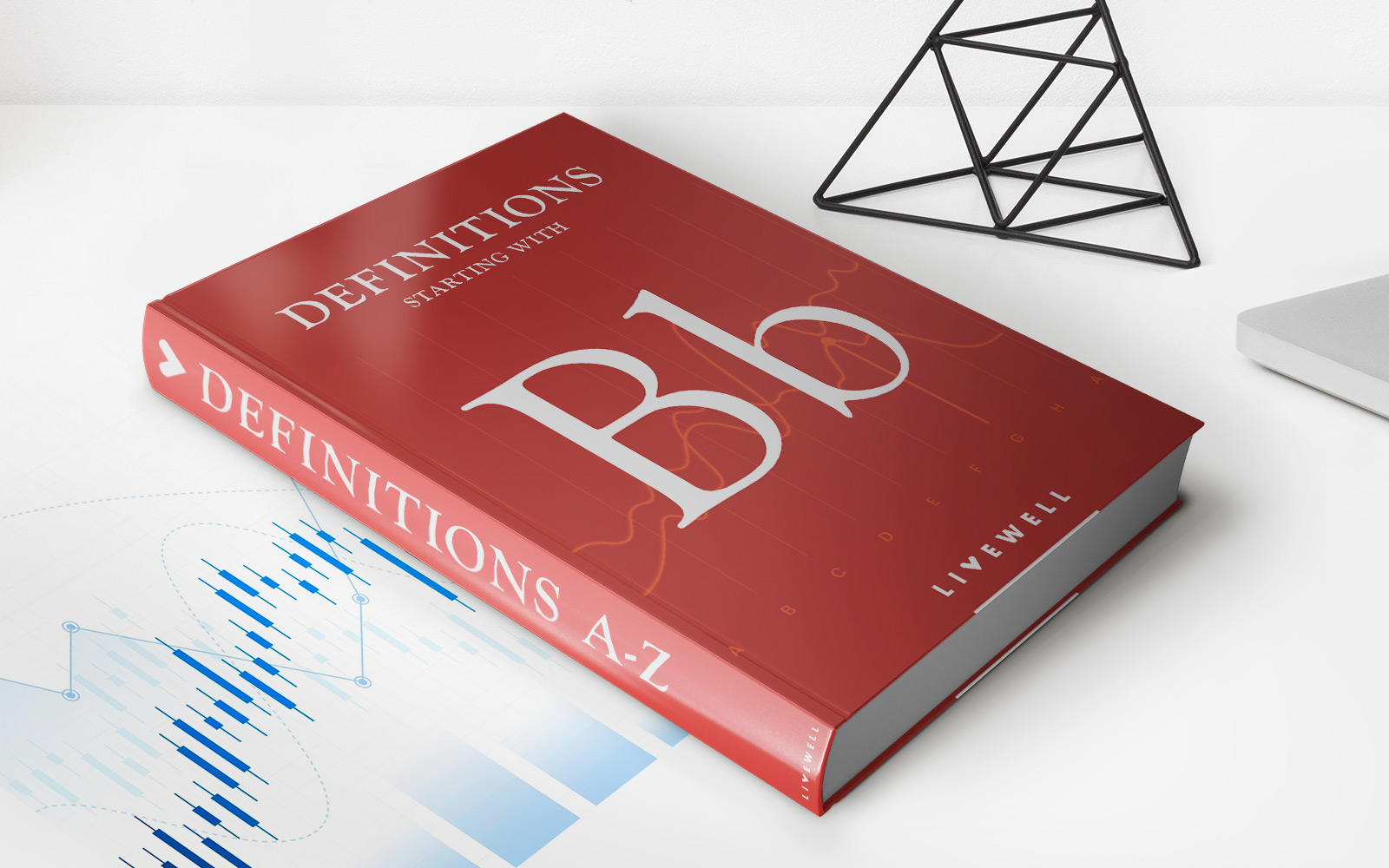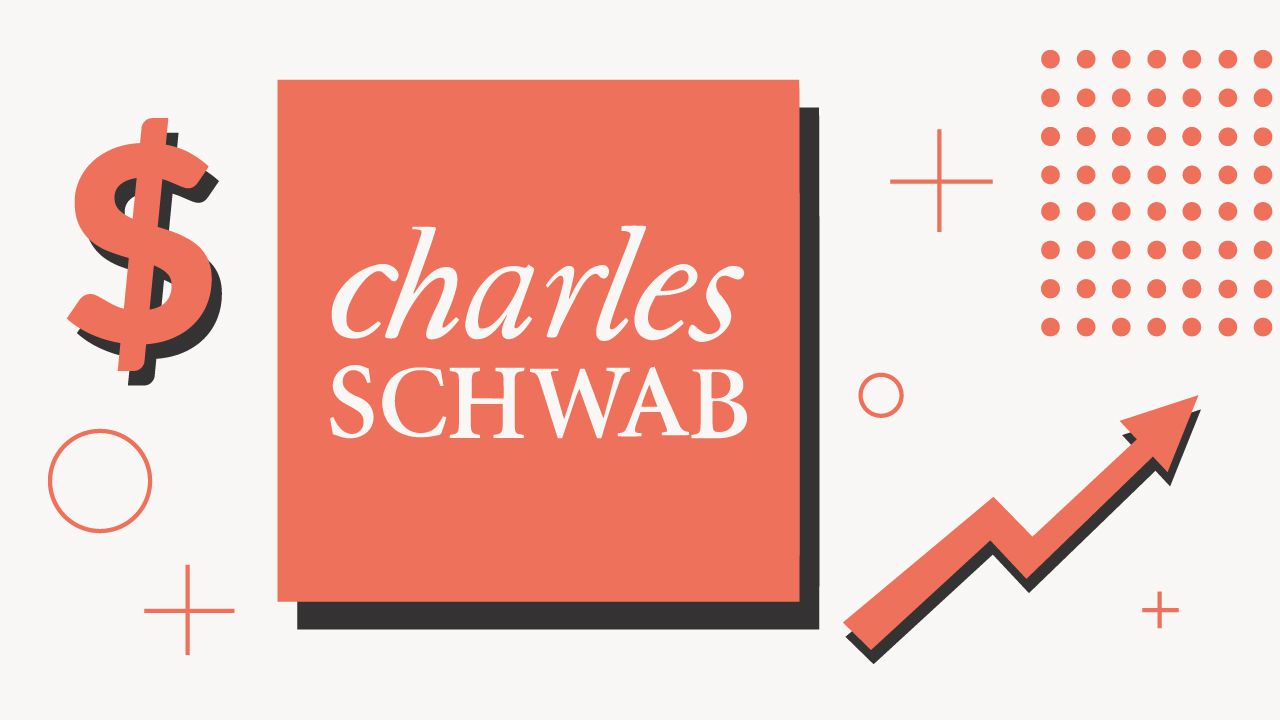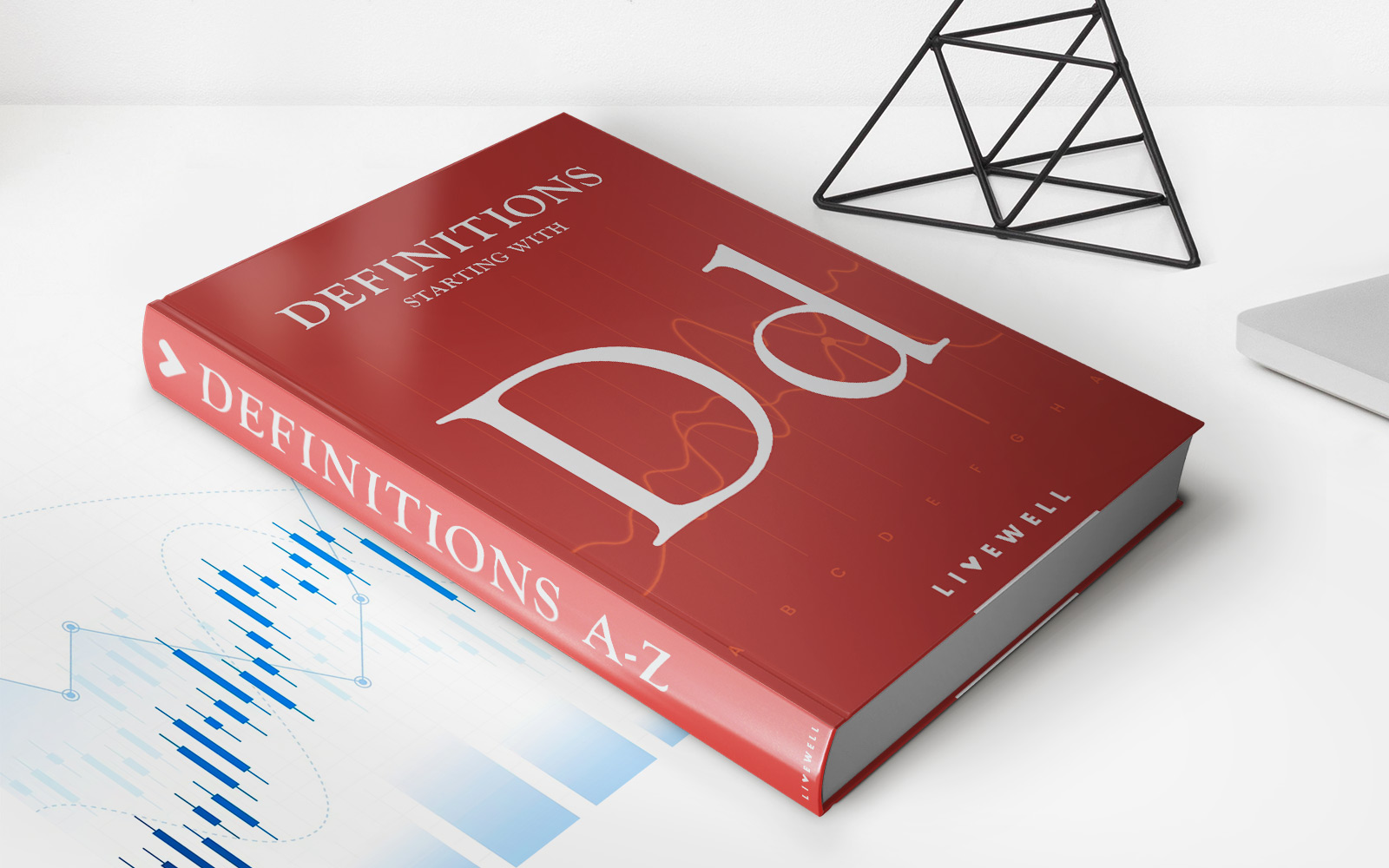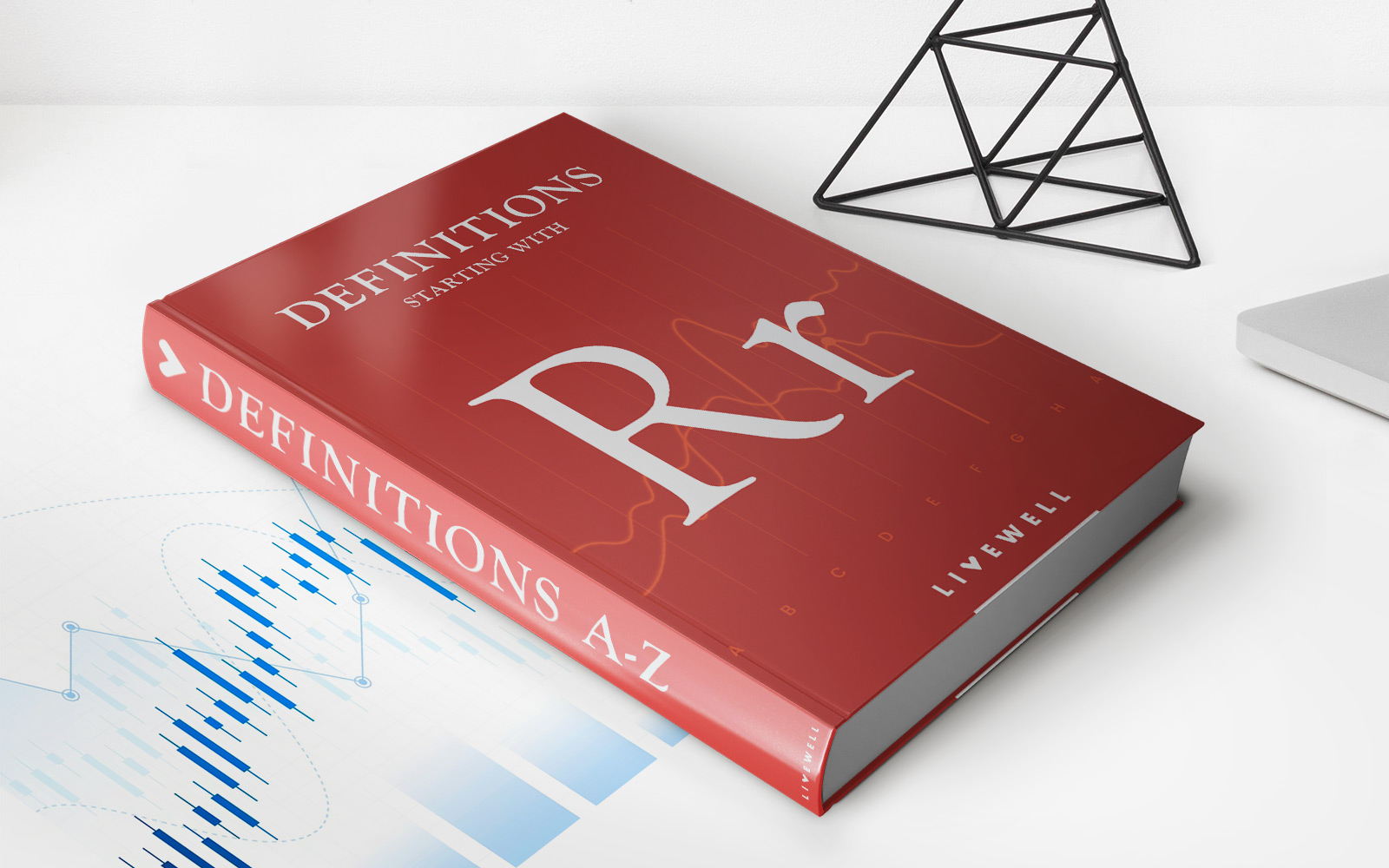

Finance
Why Buy Bonds At A Premium
Published: October 11, 2023
Explore the benefits of buying bonds at a premium and how it can enhance your financial portfolio. Learn everything you need to know about finance and maximize your investment opportunities.
(Many of the links in this article redirect to a specific reviewed product. Your purchase of these products through affiliate links helps to generate commission for LiveWell, at no extra cost. Learn more)
Table of Contents
Introduction
Welcome to the world of bond investing! Whether you are a seasoned investor or just starting out, understanding the concept of buying bonds at a premium is crucial to making informed investment decisions. In this article, we will explore the idea of buying bonds at a premium, why investors may choose to do so, and the potential benefits and risks associated with this strategy.
Before we dive into the details, let’s first define what a bond premium actually means. When a bond is issued, it typically has a face value, also known as the par value, which is the amount the bondholder will receive at maturity. However, the market value of a bond can vary. If a bond is trading at a price higher than its par value, it is said to be trading at a premium.
Now you may be wondering, why would anyone want to buy a bond at a premium? The answer lies in the potential benefits that this strategy can offer to investors. While buying bonds at a premium may seem counterintuitive at first, there are several reasons why it can be a wise investment decision.
Definition of Bond Premium
Before we delve into the reasons why investors may choose to buy bonds at a premium, let’s first establish a clear understanding of what exactly a bond premium is.
When a bond is initially issued, it is assigned a face value, also known as its par value. This face value represents the amount that the bondholder will receive at the bond’s maturity. However, the actual market value of a bond can vary. If a bond is trading at a price that is higher than its par value, it is said to be trading at a premium. The premium is the amount by which the bond’s market price exceeds its face value.
For example, let’s say that an investor purchases a bond with a face value of $1,000. However, due to various factors such as changes in interest rates and market demand, the bond’s market price rises to $1,050. In this case, the bond is trading at a premium of $50.
It’s essential to note that the premium is not the same as the bond’s yield to maturity. The yield to maturity takes into account both the interest payments received by the bondholder and any capital gains or losses realized if the bond is held until maturity. The premium, on the other hand, solely represents the difference between the bond’s market price and its face value.
Now that we have a clear understanding of what a bond premium is, let’s explore the reasons why investors might choose to buy bonds at a premium despite the higher cost.
Reasons to Buy Bonds at a Premium
While it may seem counterintuitive to buy bonds at a premium, there are several compelling reasons why investors choose to do so. Let’s explore some of the key reasons:
1. Higher Coupon Payments: When bonds are issued at a premium, the coupon rate, which is the interest rate paid to bondholders, is typically higher than the prevailing market interest rates. This allows investors to enjoy higher coupon payments over the life of the bond. This can be particularly attractive for income-focused investors who seek a steady stream of cash flow.
2. Higher Yield-to-Maturity: Despite the initial premium paid for the bond, the yield-to-maturity (YTM) can still be attractive. YTM takes into account both the bond’s coupon payments and the premium paid, providing a more accurate measure of the total return an investor can expect if the bond is held until maturity. In some cases, the higher coupon payments can offset the initial premium and result in a competitive yield.
3. Attractive Investment Options: Buying bonds at a premium can be a strategic move when alternative investment options are limited. In a low-interest-rate environment, investors might find it difficult to earn meaningful returns on other low-risk investments. By purchasing premium bonds, investors can potentially enhance their returns without compromising on safety.
4. Potential Capital Appreciation: While bonds are typically considered income-oriented investments, there is a possibility of capital appreciation if interest rates decline. When market interest rates fall, the value of existing bonds with higher coupon payments increases. This means that if an investor decides to sell the premium bond before maturity, they may be able to realize a capital gain.
5. Diversification Benefits: Including premium bonds in a diversified investment portfolio can provide additional diversification benefits. By combining bonds with different maturities, credit ratings, and premium levels, investors can spread their risk and potentially enhance their overall return. This diversification can help mitigate the impact of any adverse market conditions on the portfolio.
While there are compelling reasons to buy bonds at a premium, it’s important to consider the potential risks and factors that may affect their performance. We will discuss these risks and considerations in the next section.
Higher Coupon Payments
One of the key reasons why investors choose to buy bonds at a premium is the allure of higher coupon payments. The coupon rate represents the interest rate that bondholders receive based on the bond’s face value. When bonds are issued at a premium, the coupon rate is typically set higher than the prevailing market interest rates. This allows investors to enjoy a higher stream of income throughout the life of the bond.
Let’s consider an example to illustrate the concept of higher coupon payments. Suppose there are two bonds with the same face value of $1,000 and a maturity of 10 years. However, one bond is issued at a premium of $100, while the other is issued at par, meaning it trades at the same price as its face value.
If both bonds have a coupon rate of 5%, the bond that was issued at a premium will provide a higher dollar amount of interest payments. This is because the coupon rate is applied to the bond’s face value. In this case, the premium bond will pay a coupon interest of $50 per year ($1,000 x 5%) compared to the par bond which pays $50 per year as well. The extra $100 premium paid on the first bond is spread across the coupon payments, resulting in a higher cash flow for the investor.
For income-focused investors, the lure of higher coupon payments can be particularly enticing. These additional income streams can supplement cash flow needs or be reinvested to compound returns over time.
It’s important to note that the higher coupon payments do not come without risks. As market interest rates fluctuate, the value of the bond may be affected, and the actual yield on the bond may differ from the coupon rate. Nevertheless, the possibility of higher coupon payments remains an attractive feature for investors seeking a reliable income stream.
Overall, the appeal of higher coupon payments is a significant factor that drives investors to buy bonds at a premium. The additional income can provide a consistent cash flow, making premium bonds a valuable addition to an investment portfolio, especially for those looking for income-oriented strategies.
Higher Yield-to-Maturity
When considering whether to buy a bond at a premium, investors often evaluate the yield-to-maturity (YTM) as a crucial factor. Yield-to-maturity represents the total return an investor can expect if they hold the bond until maturity, taking into account both the periodic interest payments and any potential capital gains or losses. Despite the initial premium paid for the bond, it is possible for the YTM to be attractive, making it a compelling reason to buy bonds at a premium.
When a bond is purchased at a premium, the higher coupon payments contribute to the total return. The coupon payments received over the bond’s life can help offset the initial premium paid. In some cases, the higher coupon payments can result in a competitive yield despite the premium.
For example, let’s say there are two bonds with similar characteristics, each carrying a 10-year maturity and a coupon rate of 4%. However, one bond is priced at a premium of $50, while the other is priced at its face value of $1,000. Even though the bond with the premium has a higher initial price, the coupon payments received over the 10-year period can help offset the premium and potentially result in a higher yield.
Investors should consider the yield-to-maturity when assessing the attractiveness of a bond. A higher yield-to-maturity indicates that the bond will provide a more significant return on investment, taking into account both the coupon payments and any potential capital gains or losses.
It’s important to recognize that the yield-to-maturity may change over time as market conditions and interest rates fluctuate. If market interest rates decline, the market value of the bond may increase, potentially lowering the YTM. Conversely, if market interest rates rise, the bond’s value may decline, resulting in a higher YTM. Investors should keep this in mind when assessing the potential return of bonds purchased at a premium.
Overall, the higher yield-to-maturity is a critical factor that attracts investors to buy bonds at a premium. By considering the potential total return, including both coupon payments and potential capital appreciation, investors can make informed decisions about whether the premium is warranted.
Attractive Investment Options
Buying bonds at a premium can be a strategic move to find attractive investment options, especially in certain market conditions where alternative investments may offer lower returns. In a low-interest-rate environment, investors often face challenges in earning meaningful returns on low-risk investments. Purchasing premium bonds can potentially provide an opportunity to enhance returns without compromising on safety.
When interest rates are low, bond issuers may offer new bonds at higher coupon rates to attract investors. These higher coupon rates can make premium bonds more appealing compared to lower-yielding bonds or other investment options in the market. By buying bonds at a premium, investors can secure a higher stream of income during the bond’s life, potentially achieving a better yield compared to other available investments.
Furthermore, premium bonds can offer stability and security for investors. Bonds are generally regarded as less volatile than other investment asset classes, such as stocks or commodities. Therefore, for risk-averse investors looking to preserve capital and generate consistent income, premium bonds can be an attractive choice.
Additionally, premium bonds often come with stronger credit ratings, which indicates a higher level of creditworthiness of the issuer. Bonds with higher credit ratings are generally considered safer investments since there is less risk of default by the bond issuer. This quality aspect can make premium bonds an attractive option for conservative investors who prioritize capital protection and stability.
Moreover, premium bonds can also offer portfolio diversification benefits. By including bonds with premium prices in an investment portfolio, investors can create a balanced mix of assets with varying risk and return characteristics. This diversification helps to mitigate the impact of any adverse market conditions on the portfolio, as bonds, alongside other asset classes, can behave differently in different market environments.
While premium bonds may have a higher upfront cost, the potential for attractive investment options, higher income streams, and portfolio diversification can make them a compelling choice for investors seeking stable returns in today’s low-yield environment.
Potential Capital Appreciation
One of the intriguing aspects of buying bonds at a premium is the potential for capital appreciation. While bonds are primarily income-oriented investments, there is a possibility for the bond’s market value to increase over time, leading to capital gains for investors.
When interest rates decline, the value of existing bonds with higher coupon payments becomes more attractive to investors since newly issued bonds are likely to offer lower yields. As a result, the market demand for these higher-yielding bonds increases, driving up their prices. As a bondholder, if the market value of your premium bond increases above the initial premium paid, you could potentially sell it at a higher price, generating a capital gain.
Let’s consider an example to illustrate this concept. Suppose an investor purchases a bond with a face value of $1,000 and a premium of $100, resulting in a total cost of $1,100. Over time, if market interest rates decline, the demand for higher-yielding bonds rises, driving up the market price of the bond to, let’s say, $1,200. In this scenario, the investor can sell the bond for $1,200, realizing a capital gain of $100.
It’s important to note that the potential for capital appreciation is not guaranteed. Market conditions and interest rate movements can impact bond prices, and there is always a risk that the market value of the bond could decline. Therefore, it’s crucial for investors to carefully assess market trends and factors that could affect bond prices before considering potential capital appreciation.
Additionally, investors who are not interested in selling their premium bonds can still benefit from potential capital appreciation indirectly. As the market value of the bond increases, the overall return on investment (total return) is enhanced, considering both the coupon payments received and the unrealized capital gains. This can further contribute to the attractiveness of buying bonds at a premium.
In summary, while bonds are primarily income-generating investments, buying bonds at a premium provides the potential for capital appreciation. A decline in interest rates can drive up the market value of premium bonds, allowing investors to realize capital gains. However, investors should carefully assess market conditions and potential risks before relying solely on the expectation of capital appreciation.
Diversification Benefits
Another compelling reason to consider buying bonds at a premium is the diversification benefits they can offer to an investment portfolio. Diversification is a strategy that involves spreading investments across different asset classes and securities to reduce risk and potentially improve overall portfolio performance.
By including bonds with premium prices in an investment portfolio, investors can diversify their holdings and balance risk exposure. Premium bonds can have different characteristics, such as varying maturities, credit ratings, and coupon rates, which can complement other investments in the portfolio.
Each bond brings a unique risk-return profile to the portfolio. Some bonds may offer higher coupon payments but have a shorter maturity, while others may have lower coupon payments but a longer maturity. By diversifying across a range of premium bonds with different characteristics, investors can potentially reduce their exposure to any single bond’s specific risk factors.
In addition, premium bonds often come from different issuers, such as corporations or governments, operating in various sectors and industries. This diversification across issuers and sectors further enhances the portfolio’s resilience to specific risks associated with a particular issuer or industry. For example, if one industry experiences a downturn, the performance of premium bonds from other sectors may help offset potential losses.
Bonds, including those purchased at a premium, also tend to have a low correlation with other asset classes, such as stocks. This means that when stock prices fluctuate, bond prices may move independently or inverse to stocks. Including premium bonds in a portfolio can help reduce the overall volatility of the portfolio, as the performance of bonds may act as a stabilizing force during periods of equity market turbulence.
Furthermore, diversification can potentially enhance overall portfolio returns. In some cases, when certain assets underperform, other assets in the portfolio may outperform, resulting in a more balanced return. The combination of premium bonds with other diversified investments can lead to a more stable and potentially higher-risk-adjusted return profile for the overall portfolio.
It’s important to note that diversification does not eliminate all investment risks, and potential losses are still possible. However, by incorporating premium bonds into an investment portfolio, investors can potentially mitigate risk, enhance returns, and achieve a more balanced and diversified approach to their investments.
Risks and Considerations
While there are potential benefits to buying bonds at a premium, it is important for investors to be aware of the associated risks and considerations. By carefully evaluating these factors, investors can make informed decisions and effectively manage their bond investments.
Interest Rate Risk: One of the key risks to consider when buying bonds at a premium is interest rate risk. Changes in interest rates can impact the value of bonds in the secondary market. If market interest rates rise, the value of premium bonds may decline since newly issued bonds will offer higher coupon rates. Conversely, if interest rates decline, the value of premium bonds may rise. It is crucial to assess the potential impact of interest rate fluctuations on the value of premium bonds before making investment decisions.
Call Risk: Another consideration is call risk. Some bonds have call provisions that allow the issuer to redeem the bond before its maturity date. When interest rates decline, issuers may choose to call their existing higher coupon bonds and issue new bonds at lower rates. If a bond is called, the investor may receive the bond’s face value but may not benefit from potential future coupon payments, resulting in a lower overall return.
Liquidity Risk: Premium bonds may also carry liquidity risk. If an investor needs to sell their premium bond before maturity, they may face challenges finding willing buyers. Illiquid markets can impact the ability to sell bonds at desired prices and may result in potential losses or limited investment options.
Deterioration of Creditworthiness: It is crucial to consider the creditworthiness of the bond issuer. While premium bonds may often come with higher credit ratings, there is still a risk that the issuer’s financial strength and creditworthiness may deteriorate over time. Monitoring the issuer’s credit quality and any changes in their financial health is essential to assess potential default risk and the stability of the bond’s value.
Tax Considerations: The tax implications of buying premium bonds should also be considered. Depending on the tax regulations in the investor’s jurisdiction, the premiums paid for bonds may have different tax treatments than the coupon payments received. Understanding the tax implications and seeking advice from a tax professional can help investors assess the impact on their overall investment returns.
Diversification and Risk Management: While diversification is a strategy to manage risk, it is important to balance the mix of premium bonds with other types of investments in the portfolio. Overexposure to premium bonds can concentrate risk and potentially limit the benefits of diversification. Investors should ensure that their portfolios are well-diversified across various asset classes and investment types to manage overall risk effectively.
By considering these risks and factors, investors can make informed decisions about buying bonds at a premium and implement appropriate risk management strategies to protect their investments.
Conclusion
Buying bonds at a premium may seem counterintuitive at first, but it offers several compelling reasons for investors. The higher coupon payments and potentially attractive yields-to-maturity can provide investors with a steady stream of income and competitive returns, especially in a low-interest-rate environment. Premium bonds can also present attractive investment options when compared to other low-risk investments that offer lower returns.
Additionally, the potential for capital appreciation and the diversification benefits of including premium bonds in an investment portfolio further enhance their appeal. The possibility of capital gains and the low correlation with other asset classes can contribute to a more balanced and stable portfolio. However, it is important to weigh these benefits against the risks and considerations associated with buying bonds at a premium.
Interest rate risk, call risk, liquidity risk, creditworthiness concerns, and tax considerations should all be carefully considered. Proper risk management and diversification are essential to effectively navigate the potential challenges and uncertainties that may arise when investing in premium bonds.
To make informed investment decisions, investors should assess their individual financial goals, risk tolerance, and time horizons. Consulting with a financial advisor or bond specialist can provide valuable insights and guidance tailored to one’s specific investment needs.
In conclusion, while there are risks and considerations to be aware of, buying bonds at a premium can be a viable strategy for investors seeking income generation, potential capital appreciation, and diversification benefits. By understanding the dynamics of the bond market and carefully evaluating the specific features of premium bonds, investors can make informed decisions that align with their investment objectives and help safeguard their financial future.

